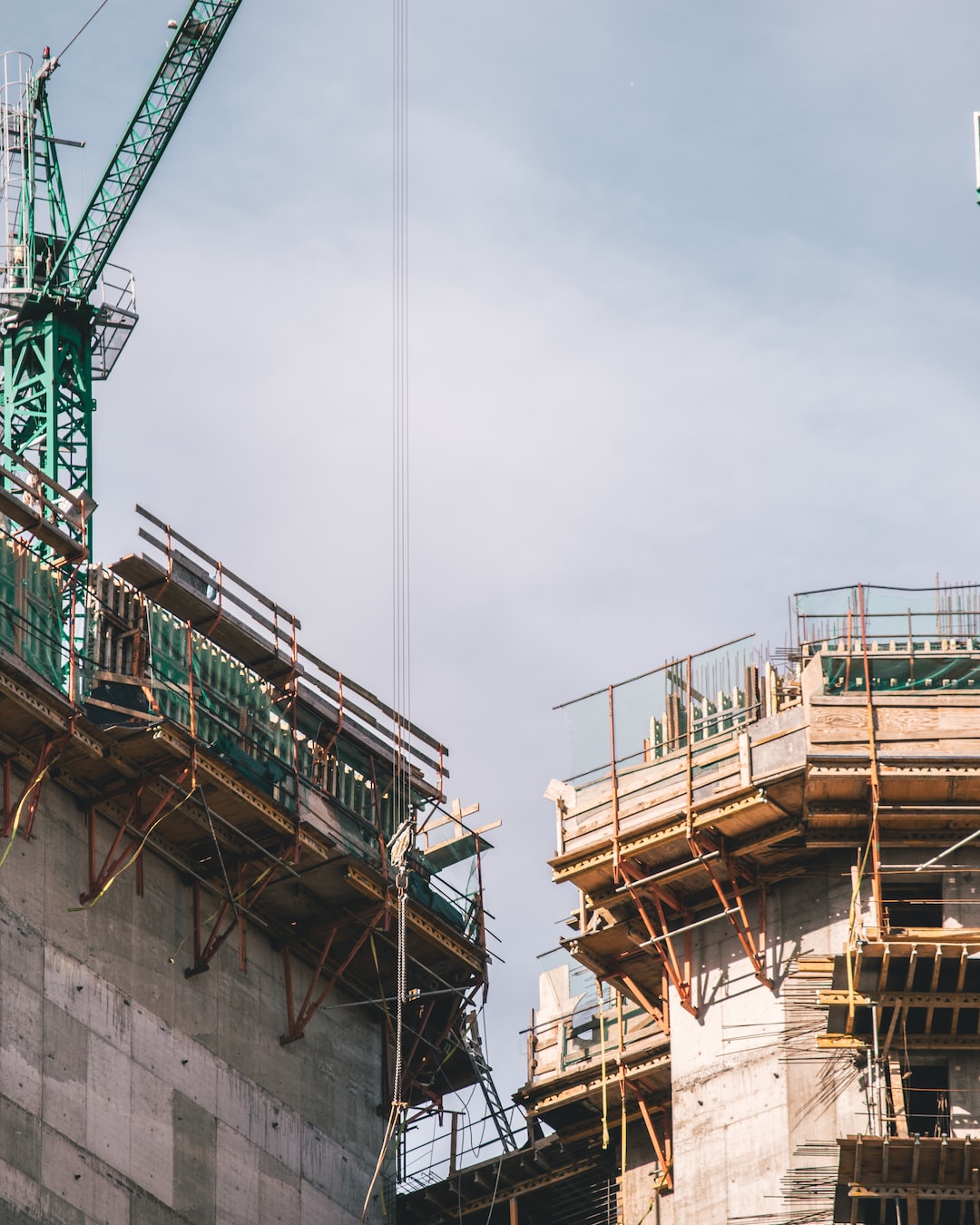Virtual reality (VR) technology has revolutionized various industries, and its impact on engineering and design is no exception. As a cutting-edge technology, VR offers a multitude of advantages that enhance the engineering and design processes, improving efficiency, communication, and creativity.
One of the most significant impacts of virtual reality in engineering and design is the ability to create realistic and immersive virtual environments. Engineers and designers can now visualize their projects in three dimensions, enabling them to detect potential flaws or design errors that may have otherwise gone unnoticed in traditional 2D models. By immersing themselves in these virtual environments, engineers and designers can gain a better understanding of the scale, proportions, and functionality of their creations, helping them make crucial decisions early on in the design phase. This leads to substantial cost and time savings, as issues can be rectified before physical construction or manufacturing begins.
Additionally, virtual reality facilitates enhanced collaboration among multidisciplinary teams. With VR, engineers and designers can work together in a shared virtual space, regardless of their physical locations. This eliminates the barriers of distance and allows for real-time collaboration, ensuring that all team members have access to the latest design iterations and can provide valuable input. This level of collaboration significantly improves the efficiency and quality of the final product, as communication and coordination are streamlined.
Moreover, virtual reality enables engineers and designers to test and simulate their creations in realistic environments and under various conditions. Virtual simulations can accurately mimic real-world scenarios, helping engineers and designers identify potential challenges and optimize their designs accordingly. For example, architectural firms can use VR to simulate natural lighting conditions, ergonomics, or even crowd behavior in proposed buildings. This level of simulation allows for greater accuracy and precision in the design process, resulting in improved functionality, safety, and user experience.
In the field of industrial design, VR has been particularly influential. Designers can now create and manipulate virtual prototypes, allowing them to experiment with different materials, finishes, and ergonomics without the need for physical prototypes. This not only accelerates the design iteration process but also reduces costs associated with manufacturing physical prototypes. Furthermore, VR enables designers to showcase their concepts and ideas more effectively to stakeholders and clients, providing an immersive experience that enhances understanding and engagement.
In conclusion, virtual reality has undeniably transformed the engineering and design industry. Its ability to create realistic and immersive virtual environments, enhance collaboration, and enable accurate simulations is invaluable to engineers and designers. The impact of VR on engineering and design leads to cost and time savings, improved communication and coordination among teams, and greater design accuracy. As this groundbreaking technology continues to advance, its potential to revolutionize the way engineering and design are approached will only grow, opening up new possibilities and opportunities for innovation in the field.

